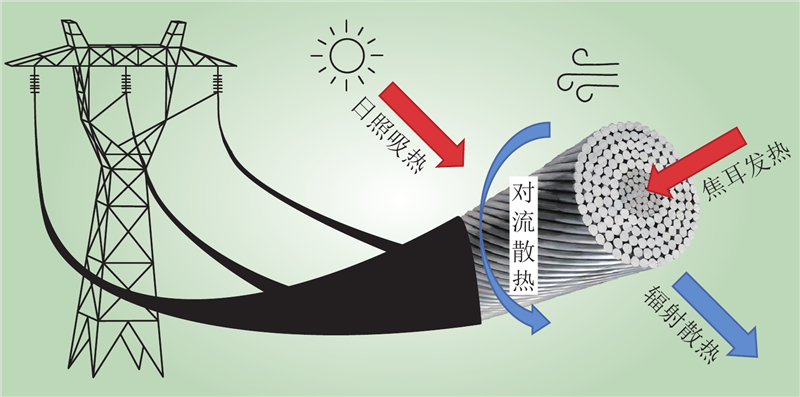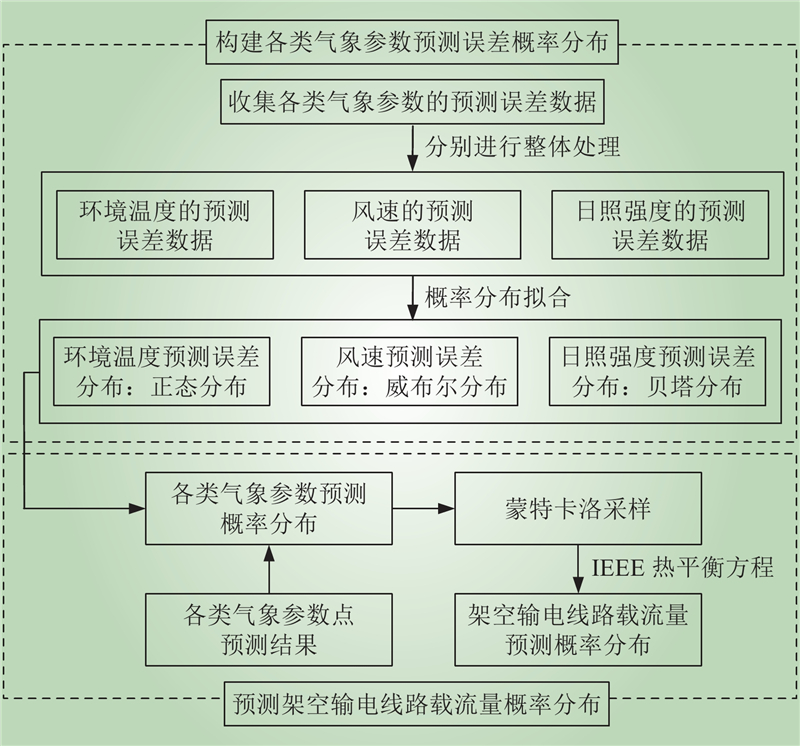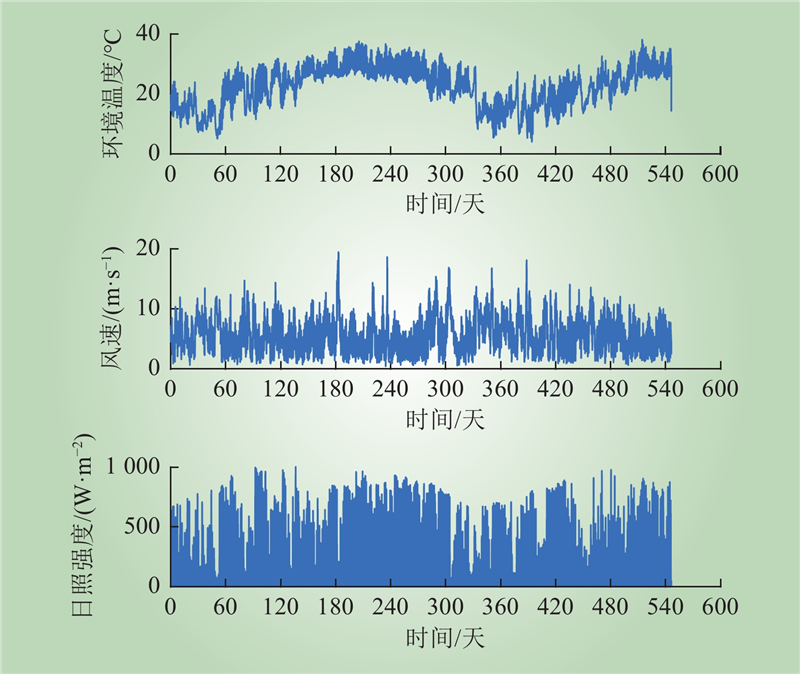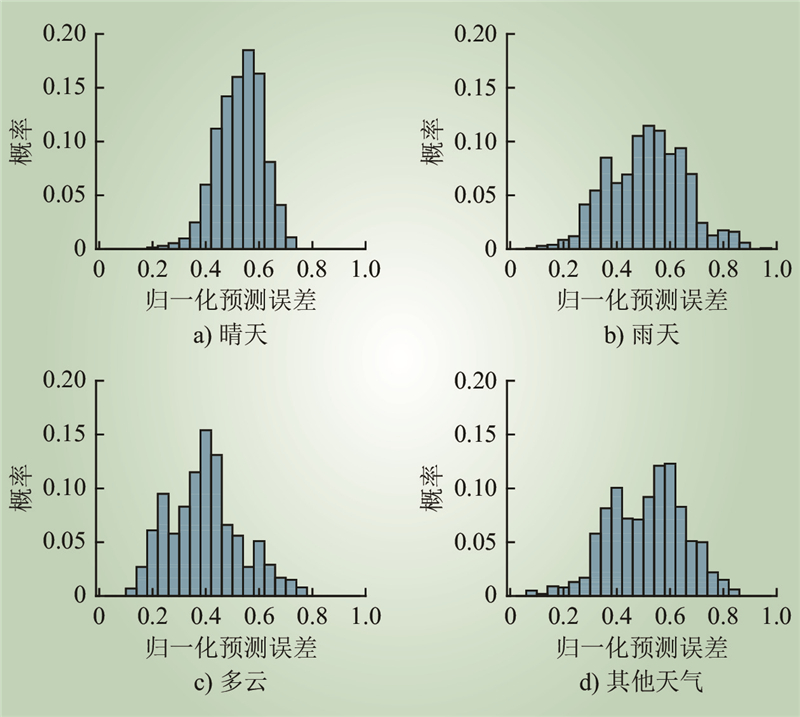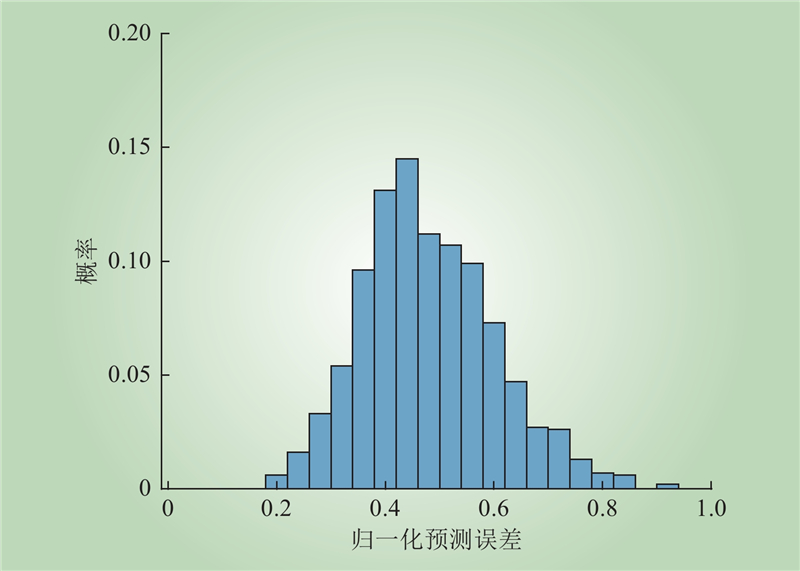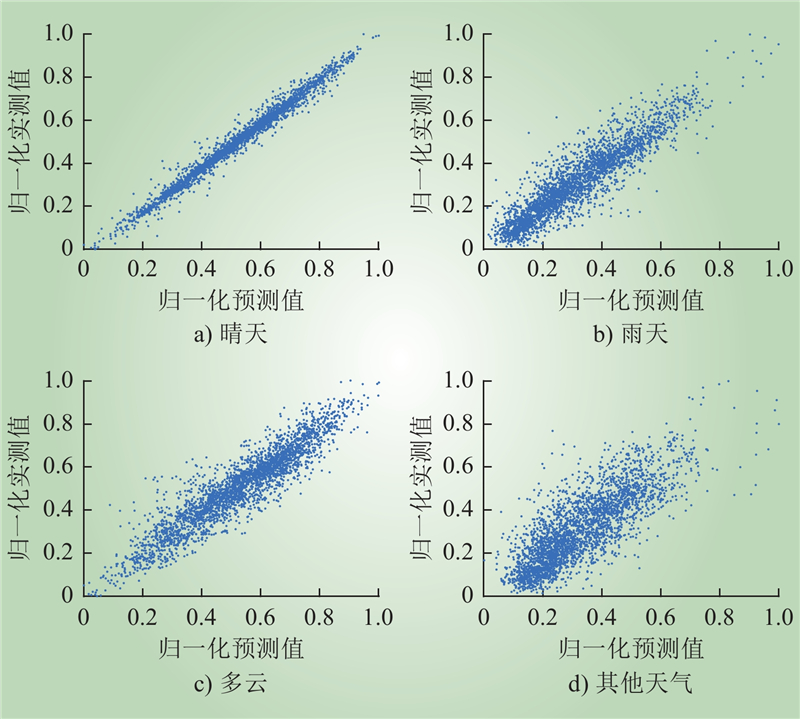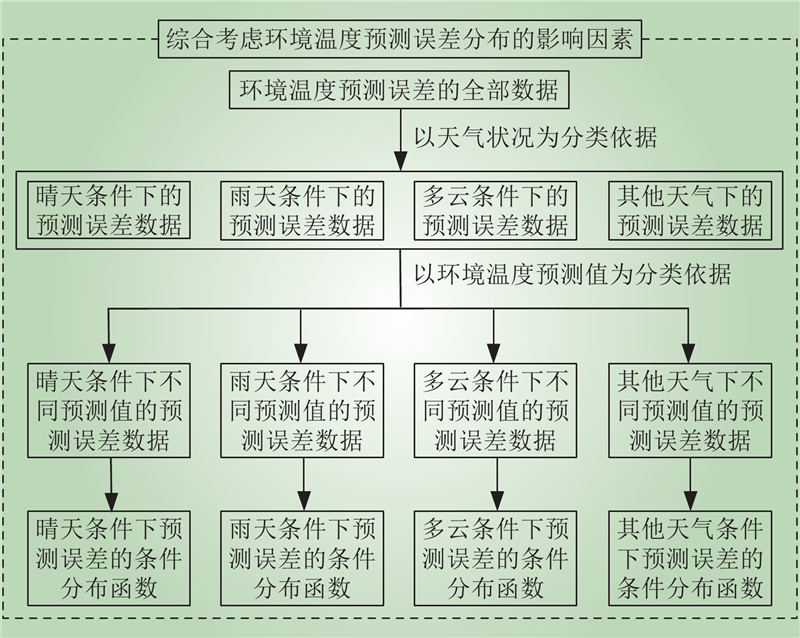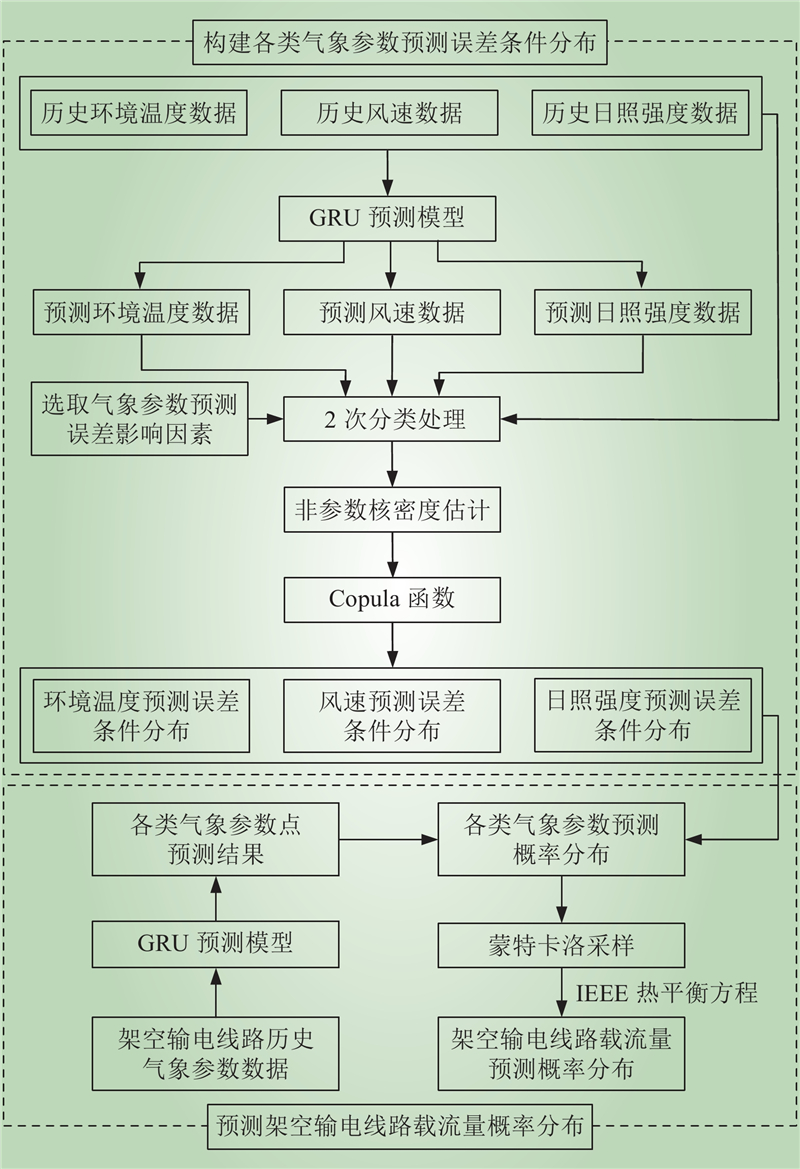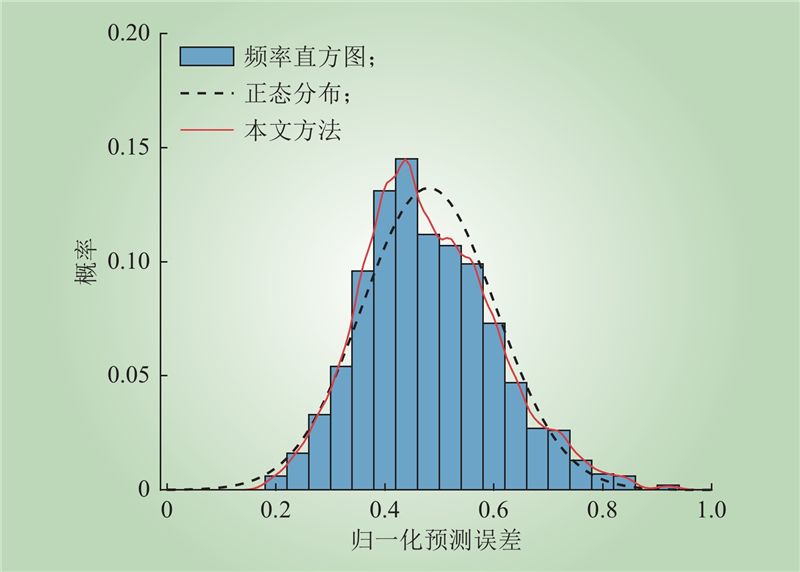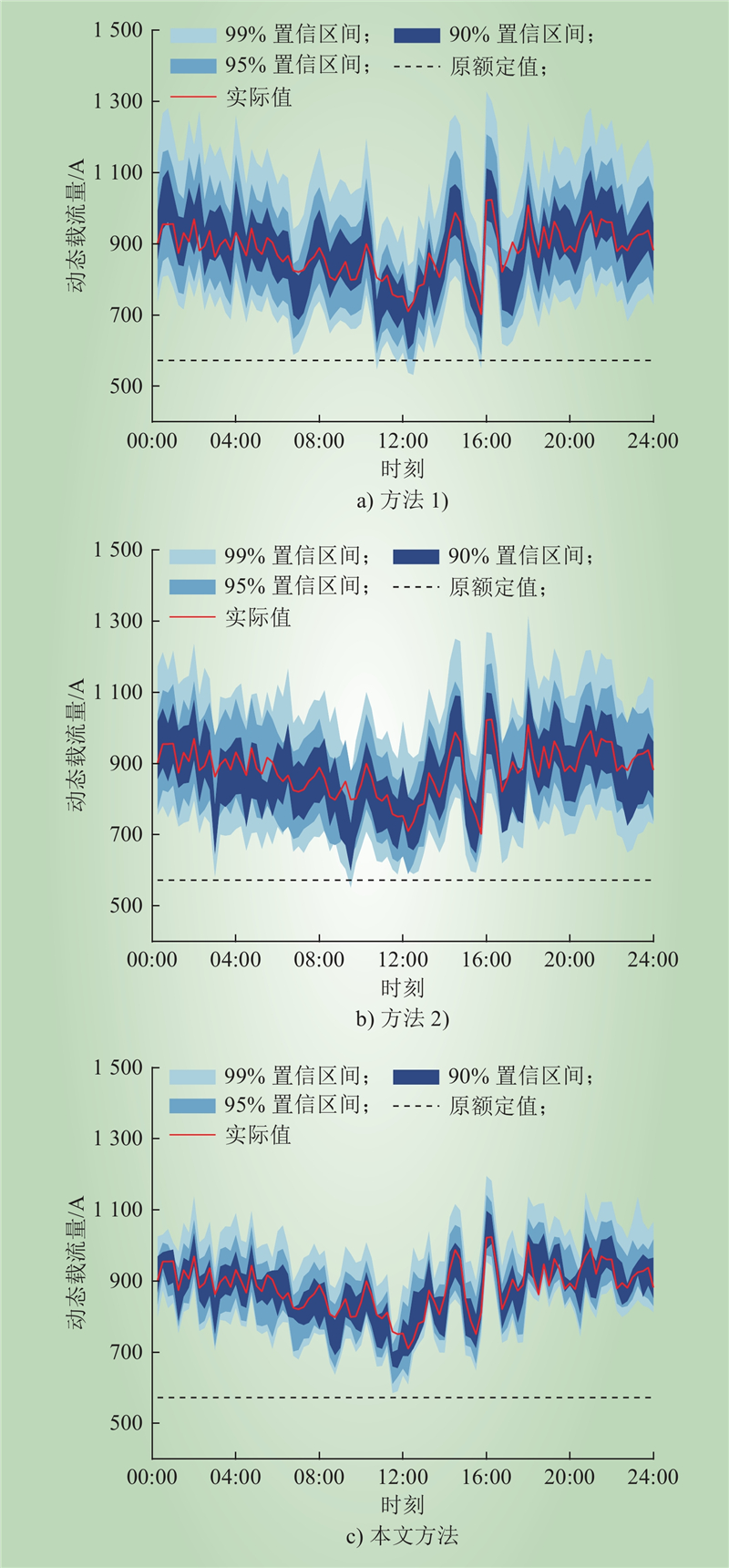| 1 |
于琳琳, 严格, 晏昕童, 等. 考虑电网支撑能力约束的直流落点及定容优化规划[J]. 中国电力, 2023, 56 (8): 175- 185.
|
|
YU Linlin, YAN Ge, YAN Xintong, et al. Optimal planning of terminal locations and capacity of UHVDC considering constraints of receiving-end power grid support capability[J]. Electric Power, 2023, 56 (8): 175- 185.
|
| 2 |
李惠玲. 新型电力系统背景下西部送端直流电网及系统运行特性[J]. 中国电力, 2023, 56 (8): 166- 174.
|
|
LI Huiling. Sending-terminal DC power grid in Western China and its operation characteristics in the context of new power system[J]. Electric Power, 2023, 56 (8): 166- 174.
|
| 3 |
高正男, 胡姝博, 金田, 等. 考虑传输线动态增容风险的电力系统日前调度模型[J]. 高电压技术, 2023, 49 (8): 3215- 3226.
|
|
GAO Zhengnan, HU Shubo, JIN Tian, et al. Day-ahead power system scheduling model considering transmission line dynamic capacity expansion risk[J]. High Voltage Engineering, 2023, 49 (8): 3215- 3226.
|
| 4 |
李惠玲, 王曦, 高剑, 等. 新型电力系统背景下西部送端直流电网方案构建[J]. 中国电力, 2023, 56 (5): 12- 21.
|
|
LI Huiling, WANG Xi, GAO Jian, et al. Scheme construction for sending end DC grids in Western China under the background of new power system[J]. Electric Power, 2023, 56 (5): 12- 21.
|
| 5 |
赵会茹, 赵一航, 王路瑶, 等. 基于贝叶斯最优最劣和改进物元可拓的特高压输电工程综合效益评价[J]. 中国电力, 2022, 55 (6): 161- 171.
|
|
ZHAO Huiru, ZHAO Yihang, WANG Luyao, et al. Comprehensive performance evaluation of UHV power transmission project based on Bayesian best-worst method and improved matter-element extension model[J]. Electric Power, 2022, 55 (6): 161- 171.
|
| 6 |
黄志光, 曹路, 李建华, 等. 混合多馈入直流作用下江苏受端电网安全稳定性评估及改善[J]. 中国电力, 2021, 54 (9): 55- 65.
|
|
HUANG Zhiguang, CAO Lu, LI Jianhua, et al. Evaluation and improvement of security and stability of Jiangsu receiving-end power grid with hybrid multi-infeed DC[J]. Electric Power, 2021, 54 (9): 55- 65.
|
| 7 |
MÍNGUEZ R, MARTÍNEZ R, MANANA M, et al. Dynamic management in overhead lines: a successful case of reducing restrictions in renewable energy sources integration[J]. Electric Power Systems Research, 2019, 173, 135- 142.
DOI
|
| 8 |
SAFARI N, MAZHARI S M, CHUNG C Y, et al. Secure probabilistic prediction of dynamic thermal line rating[J]. Journal of Modern Power Systems and Clean Energy, 2022, 10 (2): 378- 387.
DOI
|
| 9 |
ALBERDI R, ALBIZU I, FERNANDEZ E, et al. Overhead line ampacity forecasting with a focus on safety[J]. IEEE Transactions on Power Delivery, 2022, 37 (1): 329- 337.
DOI
|
| 10 |
WANG M X, WANG S H, JIN X, et al. Prediction of intra-period minimum thermal rating of overhead conductors[J]. IEEE Transactions on Power Delivery, 2023, 38 (1): 564- 574.
DOI
|
| 11 |
JIN X, WANG M X, CUI M J, et al. Joint probability density prediction for multiperiod thermal ratings of overhead conductors[J]. IEEE Transactions on Power Delivery, 2021, 36 (5): 3022- 3032.
DOI
|
| 12 |
刘志成, 董向明, 严昊, 等. 融合微气象参数预测的输电线动态增容模型[J]. 电力系统及其自动化学报, 2022, 34 (1): 56- 64.
|
|
LIU Zhicheng, DONG Xiangming, YAN Hao, et al. Dynamic line rating model of transmission line combined with prediction of micro-meteorological parameters[J]. Proceedings of the CSU-EPSA, 2022, 34 (1): 56- 64.
|
| 13 |
FAN F L, BELL K, INFIELD D. Probabilistic real-time thermal rating forecasting for overhead lines by conditionally heteroscedastic auto-regressive models[J]. IEEE Transactions on Power Delivery, 2017, 32 (4): 1881- 1890.
DOI
|
| 14 |
林世治, 温步瀛, 张斌. 基于气象参数预测的输电线路输送容量概率模型研究[J]. 电工电能新技术, 2019, 38 (3): 56- 62.
|
|
LIN Shizhi, WEN Buying, ZHANG Bin. Research on transmission line probability model based on meteorological parameter prediction[J]. Advanced Technology of Electrical Engineering and Energy, 2019, 38 (3): 56- 62.
|
| 15 |
POLI D, PELACCHI P, LUTZEMBERGER G, et al. The possible impact of weather uncertainty on the dynamic thermal rating of transmission power lines: a Monte Carlo error-based approach[J]. Electric Power Systems Research, 2019, 170, 338- 347.
DOI
|
| 16 |
刘洁, 林舜江, 梁炜焜, 等. 基于高阶马尔可夫链和高斯混合模型的光伏出力短期概率预测[J]. 电网技术, 2023, 47 (1): 266- 275.
|
|
LIU Jie, LIN Shunjiang, LIANG Weikun, et al. Short-term probabilistic forecast for power output of photovoltaic station based on high order Markov chain and Gaussian mixture model[J]. Power System Technology, 2023, 47 (1): 266- 275.
|
| 17 |
于宗超, 刘绚, 严康, 等. 考虑DLR和风电预测不确定性的机会约束机组组合模型[J]. 高电压技术, 2021, 47 (4): 1204- 1214.
|
|
YU Zongchao, LIU Xuan, YAN Kang, et al. Combination model of chance-constrained security constraint unit with considering the forecast uncertainties of DLR and wind power[J]. High Voltage Engineering, 2021, 47 (4): 1204- 1214.
|
| 18 |
刘念璋, 杨健, 柳玉, 等. 分布函数差异化导向的风电功率预测误差气象条件概率建模方法[J]. 电力自动化设备, 2022, 42 (12): 58- 65.
|
|
LIU Nianzhang, YANG Jian, LIU Yu, et al. Probabilistic modeling method of weather condition for wind power forecasting error based on differentiation orientation of distribution function[J]. Electric Power Automation Equipment, 2022, 42 (12): 58- 65.
|
| 19 |
王森, 孙永辉, 周衍, 等. 计及误差时间相依性的风电功率超短期条件概率预测[J]. 电力自动化设备, 2022, 42 (11): 40- 46.
|
|
WANG Sen, SUN Yonghui, ZHOU Yan, et al. Ultra-short term conditional probability prediction of wind power considering error time dependence[J]. Electric Power Automation Equipment, 2022, 42 (11): 40- 46.
|
| 20 |
Institute of Electrical and Electronics Engineers. IEEE standard for calculating the current-temperature relationship of bare overhead conductors: IEEE 738-2012[S]. 2012.
|
| 21 |
王孔森, 盛戈皞, 孙旭日, 等. 基于径向基神经网络的输电线路动态容量在线预测[J]. 电网技术, 2013, 37 (6): 1719- 1725.
|
|
WANG Kongsen, SHENG Gehao, SUN Xuri, et al. Online prediction of transmission dynamic line rating based on radial basis function neural network[J]. Power System Technology, 2013, 37 (6): 1719- 1725.
|
| 22 |
王丽朝, 孟子尧, 陈诗明, 等. 基于GRU神经网络的光伏电站数据预处理方法[J]. 太阳能学报, 2022, 43 (11): 78- 84.
|
|
WANG Lichao, MENG Ziyao, CHEN Shiming, et al. Preprocessing method for photovoltaic power plant data based on gru neural network[J]. Acta Energiae Solaris Sinica, 2022, 43 (11): 78- 84.
|
| 23 |
张博, 赵滨. 一种集成风向风速的风场空间检验方法[J]. 应用气象学报, 2019, 30 (2): 154- 163.
|
|
ZHANG Bo, ZHAO Bin. A spatial verification method for integrating wind speed and direction[J]. Journal of Applied Meteorological Science, 2019, 30 (2): 154- 163.
|
| 24 |
茆美琴, 洪嘉玲, 张榴晨. 考虑光伏出力预测误差修正的储能优化配置方法[J]. 太阳能学报, 2021, 42 (2): 410- 416.
|
|
MAO Meiqin, HONG Jialing, ZHANG Liuchen. Energy storage optimization configuration method considering conditional forecast error correction[J]. Acta Energiae Solaris Sinica, 2021, 42 (2): 410- 416.
|
| 25 |
段偲默, 苗世洪, 霍雪松, 等. 基于动态Copula的风光联合出力建模及动态相关性分析[J]. 电力系统保护与控制, 2019, 47 (5): 35- 42.
DOI
|
|
DUAN Simo, MIAO Shihong, HUO Xuesong, et al. Modeling and dynamic correlation analysis of wind/solar power joint output based on dynamic Copula[J]. Power System Protection and Control, 2019, 47 (5): 35- 42.
DOI
|


